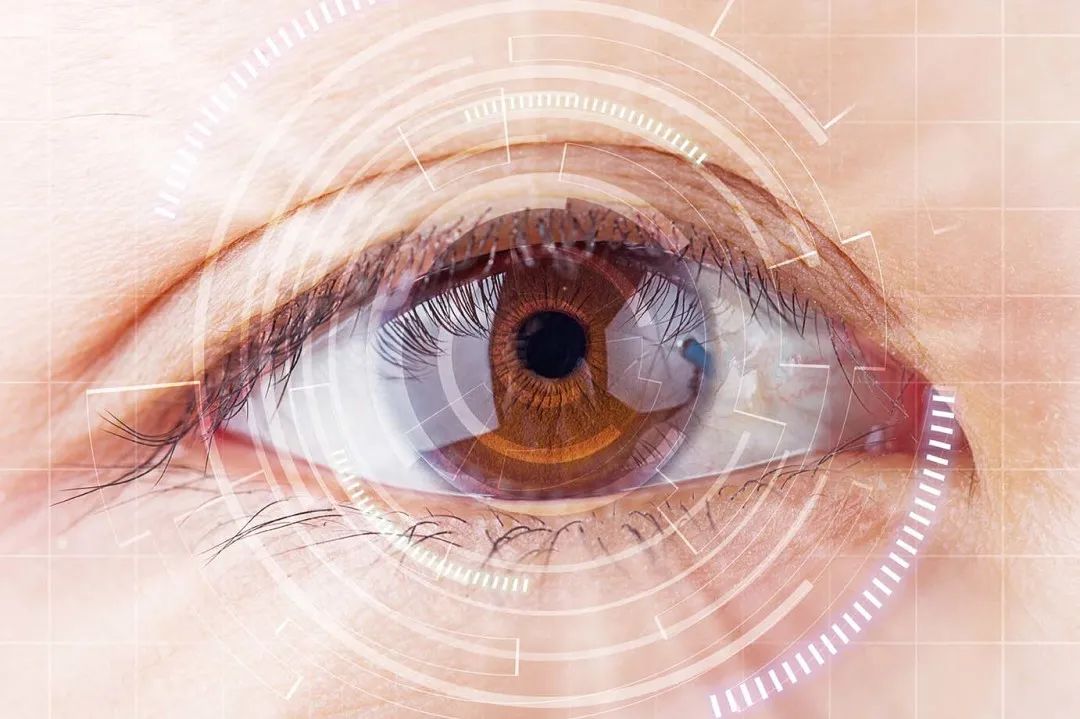We meticulously choose antioxidant serums for our skin, yet often overlook our eyes, which are equally exposed to environmental stressors. In reality, as one of the most sophisticated organs in the human body, the eyes are constantly exposed to the threat of oxidative damage. Their need for antioxidant protection may even be more urgent than that of the skin!
Why Are Eyes a “Hotspot” for Oxidative Damage?
High-Intensity Light Exposure:
Ultraviolet (UV) Rays: UV radiation from sunlight penetrates the cornea and lens, acting as the primary “production line” for free radicals in the eyes. Long-term accumulation accelerates the oxidative denaturation of lens proteins (cataracts) and damages the macular region of the retina (Age-related Macular Degeneration, AMD).
High-Energy Blue Light: Blue light emitted from electronic screens, LED lights, etc., carries high energy that penetrates deep into the retina, triggering oxidative stress reactions. This exacerbates eye strain and potential long-term damage.
High Oxygen Consumption Metabolism:
The retina, especially the macula responsible for fine detail and color vision, has an extremely high metabolic rate, consuming vast amounts of oxygen. This metabolic process naturally generates reactive oxygen species (ROS) like free radicals. If produced in excess, they become “intrinsic disruptors.”
Declining Natural Antioxidant Defenses with Age:
As we age, the body’s ability to synthesize its own antioxidant enzymes (such as Superoxide Dismutase – SOD, and Glutathione Peroxidase) weakens. The eye’s natural “self-defense” capability against oxidative damage gradually diminishes.
Oxidative Damage: The Invisible “Rust” Corroding Your Eyes
When the production rate of oxidizing factors like free radicals exceeds the body’s clearance capacity, they erode ocular tissues like “rust”:
Protein Oxidation: Leads to lens clouding, a key mechanism in cataract formation.
Lipid Peroxidation: Damages the cell membranes of retinal photoreceptor cells and Retinal Pigment Epithelium (RPE) cells, impairing visual signal transmission. This is a significant trigger for Age-related Macular Degeneration (AMD).
DNA Damage: Accelerates cellular aging and functional loss.
Chronic Inflammation: Oxidative stress often triggers low-grade chronic inflammation, further exacerbating tissue damage.
Building Your Eye’s Antioxidant Defense: Internal & External Approaches
1. Key Nutrients: From Plate to Pupil
Lutein & Zeaxanthin: The core pigments of the retinal macula, forming “endogenous sunglasses.” They efficiently filter blue light and neutralize free radicals, acting as guardians of macular health. Sources: Spinach, kale, collard greens, broccoli, corn, egg yolks.
Vitamin C: A powerful water-soluble antioxidant protecting the aqueous humor, lens, and cornea. Sources: Citrus fruits, kiwi, strawberries, bell peppers, broccoli.
Vitamin E: A fat-soluble antioxidant protecting lipid-rich retinal cell membranes. Sources: Nuts (almonds, sunflower seeds), vegetable oils (sunflower oil, wheat germ oil), avocado.
Anthocyanins: Give dark-colored fruits and vegetables their vibrant hues. They promote rhodopsin regeneration, improve microcirculation, and alleviate eye strain. Sources: Blueberries, blackberries, purple grapes, red cabbage, mulberries.
Zinc: An essential component of various antioxidant enzymes (like SOD). It is highly concentrated in the retina and crucial for Vitamin A metabolism and night vision. Sources: Oysters, red meat, poultry, beans, nuts.
Astaxanthin: Possesses extremely potent antioxidant capacity (over 500 times stronger than Vitamin E). It can cross the blood-brain/blood-retina barriers, protecting the retina from light damage. Sources: Wild salmon, shrimp, crab, algae (often obtained via supplements).
2. Smart Use of Dietary Supplements
For individuals with an unbalanced diet, excessive eye strain, or specific eye disease risk factors, professional eye health supplements containing the above key ingredients (especially Lutein, Zeaxanthin, Vitamins C & E, Zinc, Omega-3s) can be considered under the guidance of a doctor or nutritionist. Choose reputable brands and pay attention to ingredient ratios (e.g., Lutein to Zeaxanthin is typically 5:1).
3. Essential Lifestyle Protection
UV Protection: Always wear sunglasses that block 100% of UVA and UVB rays during outdoor activities. A wide-brimmed hat provides additional protection.
Reduce Blue Light Exposure: Enable “night mode” or “blue light filter” on electronic devices, use blue light-blocking glasses (especially at night), and follow the “20-20-20” rule (every 20 minutes, look at something 20 feet away for 20 seconds).
Adequate Sleep: Sleep is a critical period for the body to repair oxidative damage, ensuring your eyes get sufficient rest.
Quit Smoking: Tobacco smoke is a potent source of oxidative stress, significantly increasing the risk of cataracts and AMD.
Regular Eye Exams: Essential for early detection of potential problems, especially for those with a family history or other risk factors.
Antioxidants Aren’t a Panacea, But They Are Essential
While antioxidants cannot completely halt aging or cure all eye diseases, they are a crucial pillar in maintaining long-term eye health and delaying the onset and progression of age-related disorders. Just as we build protective barriers for our skin, providing powerful antioxidant support for our “windows to the soul” is a wise investment in safeguarding clear vision and enjoying a vibrant life. Protect your eyes starting now – ensuring every gaze is sharp and clear, preserving your vision for years to come.



